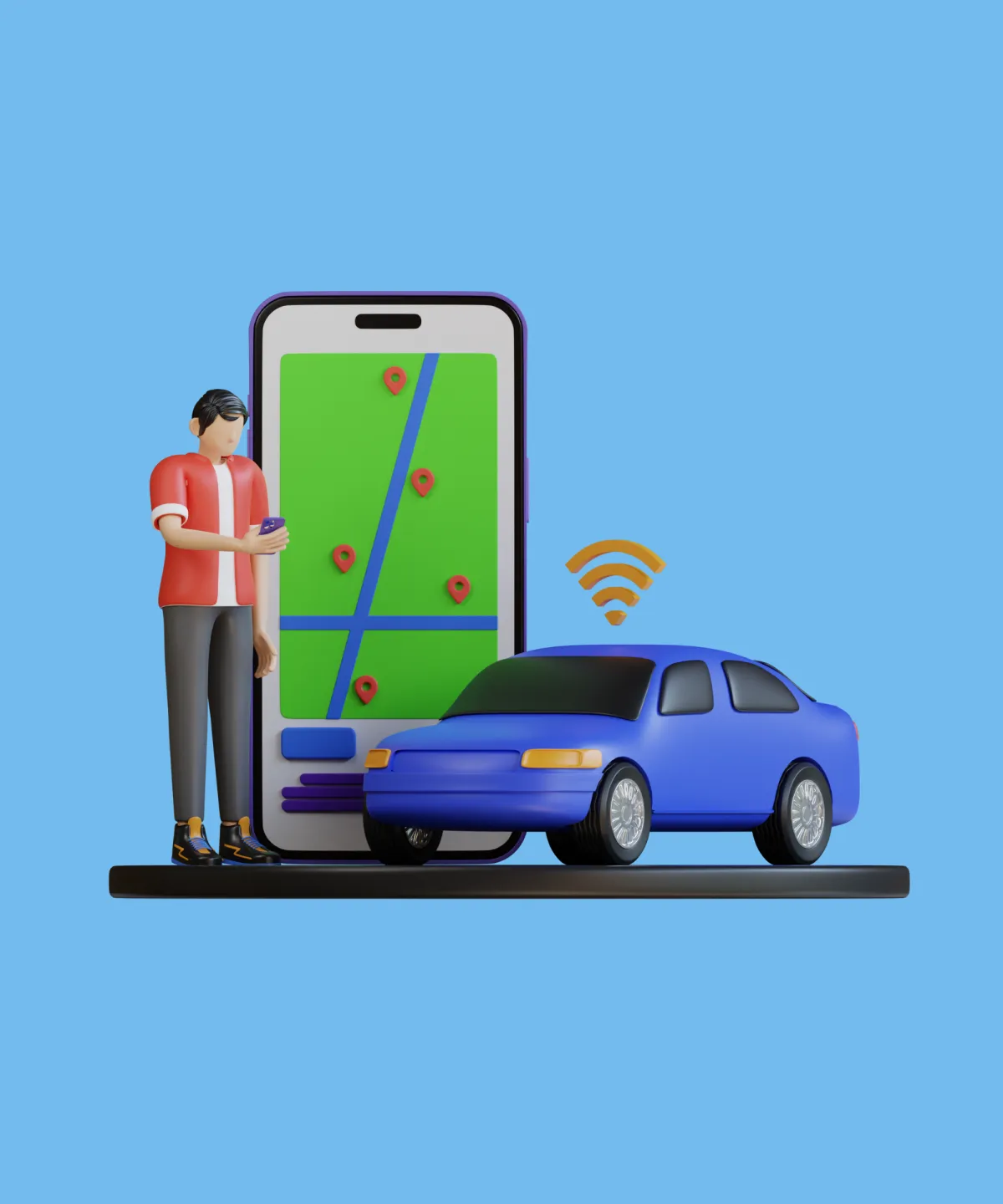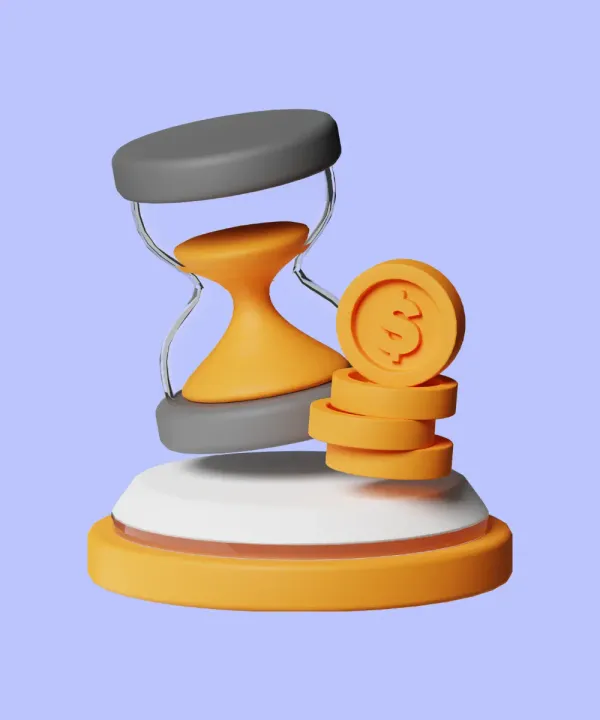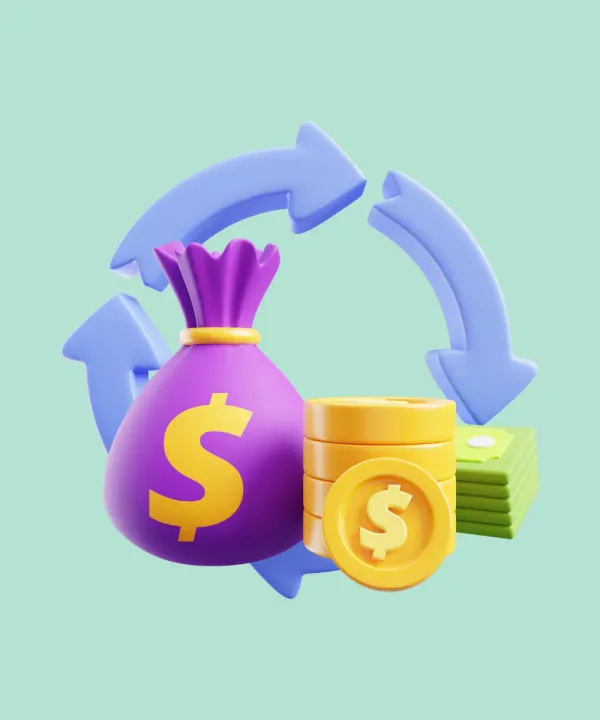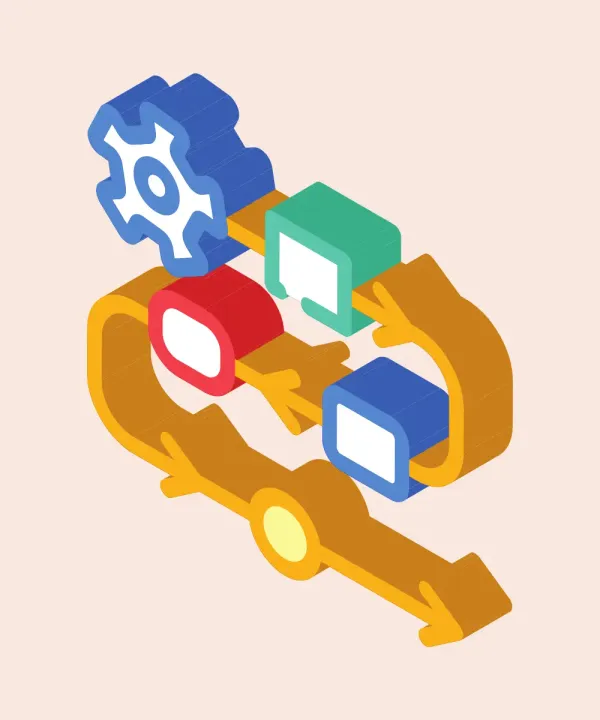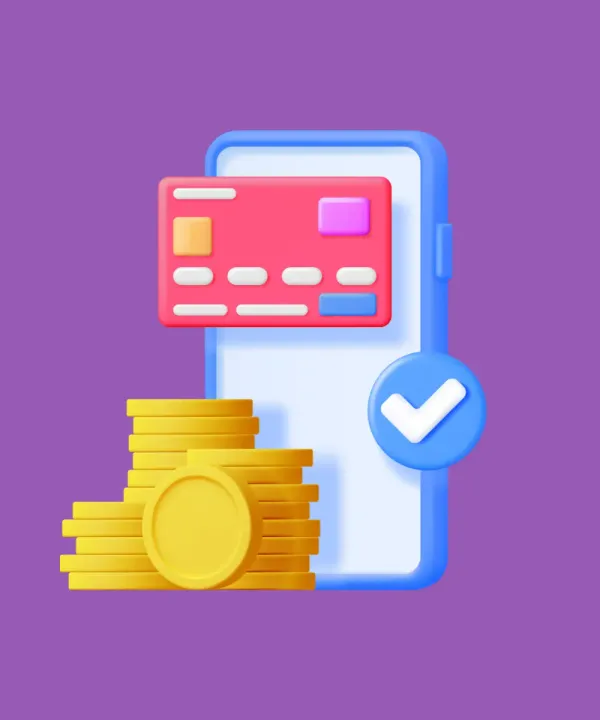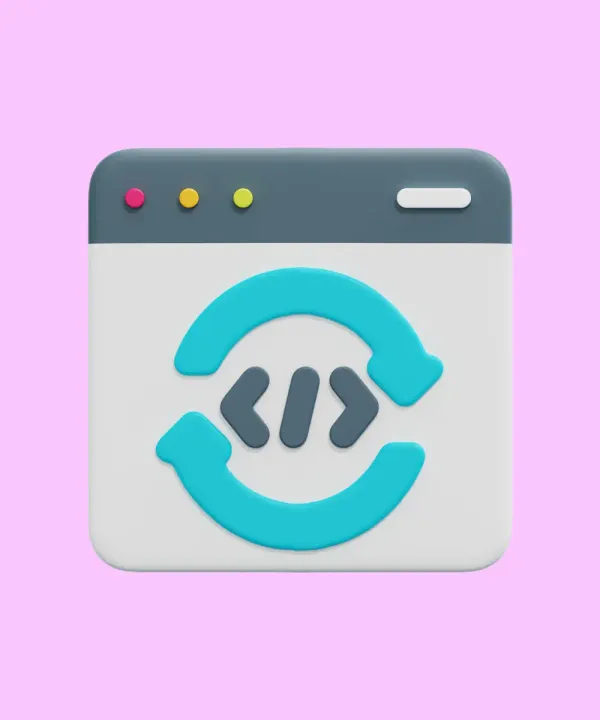The Internet of Things (IoT) has emerged as one of the most powerful technological forces in the 21st century. With a myriad of connected devices, IoT is not just about smart gadgets anymore; it’s about interconnecting every aspect of our daily lives, from our homes to our workplaces. And one sector that is experiencing a significant transformation due to this is transportation.
The emerging role of IoT in the transportation sector is as fascinating as it is game-changing. By connecting vehicles, infrastructure, and people, IoT is unlocking a world of possibilities, enhancing efficiencies, and driving the future of mobility.
In this article, we'll explore the depth and breadth of IoT’s impact on transportation, its applications, challenges, and how platforms like Flutter can help in realizing its full potential. We'll delve into the nuances of this integration and its implications for businesses, governments, and citizens.
How IoT is Transforming the Transportation Industry
The shift from conventional to connected transport
Gone are the days when transportation was just a means of moving from one place to another. With IoT, the entire ecosystem of transportation is becoming connected. Real-time data, intelligent analytics, and seamless communication between vehicles and infrastructure are replacing traditional methods. This connectivity is not just making transport smarter but also more responsive to changing conditions and demands.
Real-time data collection and processing
Through the deployment of various sensors and connectivity tools, transportation systems can now collect and analyze data in real-time. This capability provides a more accurate understanding of traffic patterns, vehicle performance, and passenger needs, leading to more informed and timely decisions.
Predictive analytics and route optimization
IoT enables predictive analytics by allowing transportation systems to learn from patterns and trends. This leads to improved route planning, minimizing delays, and maximizing efficiency. For example, by analyzing traffic data, public transit can dynamically adjust routes to avoid congestion.
IoT Applications in Transportation
As the Internet of Things continues to integrate deeper into the transportation sector, we see a spectrum of applications that not only improve the overall efficiency but also drastically enhance user experiences. Here, we’ll explore some of the prominent applications of IoT within transportation:
Smart vehicles
- Features and benefits: Smart vehicles equipped with IoT devices are the new trailblazers on the road. These vehicles come with enhanced features like adaptive cruise control, lane departure warnings, and advanced telemetry to monitor the vehicle’s health. With sensors and real-time data analytics, vehicles can now anticipate potential issues, recommend maintenance, and even interact with surrounding infrastructures like traffic lights or parking spaces.
- Real-time data collection: Through embedded sensors, vehicles constantly gather data on everything from engine performance to tire pressure, fuel efficiency, and more. This real-time data collection is not just beneficial for drivers to understand their vehicle's performance, but it's also invaluable for manufacturers to gain insights into product durability and areas of potential improvement.
Public transit systems
- Real-time updates: IoT has significantly upgraded the public transit experience for passengers. Now, buses and trains can provide real-time location updates, ensuring passengers know exactly when their next ride will arrive. This not only reduces waiting times but also allows for better crowd management during peak hours.
- Predictive maintenance: Predictive maintenance is a game-changer for public transit systems. By analyzing data from sensors embedded in buses and trains, transport agencies can anticipate and address maintenance issues before they lead to major disruptions. This ensures that vehicles are in optimum condition, reducing unexpected downtimes and improving service reliability.
Cargo and fleet management
- Vehicle health monitoring: Cargo trucks and fleet vehicles can benefit immensely from IoT. With vehicle health monitoring systems in place, fleet managers can receive real-time updates on every vehicle's condition. This aids in ensuring timely maintenance, reducing the risk of breakdowns, and enhancing the overall lifespan of the vehicle.
- Efficient route mapping: With real-time traffic data and predictive analytics, cargo vehicles can be routed more efficiently. This means faster delivery times, reduced fuel consumption, and less wear and tear on vehicles. For businesses, this translates to cost savings and improved customer satisfaction.
Infrastructure and traffic management
- Smart traffic lights: By analyzing real-time traffic flow data, smart traffic lights can adjust their timings to reduce congestion and improve traffic flow. For instance, during rush hours, traffic lights can give more time for busy roads and less for emptier lanes, ensuring smoother flow.
- Structural health monitoring of bridges and tunnels: The health and durability of critical infrastructures like bridges and tunnels can be monitored using IoT sensors. These sensors detect structural changes, wear and tear, or damages, alerting authorities to potential risks. This proactive approach ensures safety and can lead to more efficient maintenance schedules.
IoT in Transportation: How Does It Work?
The integration of IoT in transportation isn't just about embedding a few sensors into vehicles and calling it a day. It's a complex symphony of data collection, analysis, and actionable insights that come together to revolutionize how we perceive and interact with transportation systems. Let's break down this intricate dance into its core components:
Data collection
- Use of sensors: At the heart of IoT's integration into transportation are sensors. These tiny devices, placed in vehicles, on roads, or within infrastructures, continuously gather data. From monitoring engine temperatures and detecting vehicle speeds to gauging the weight load on a bridge or capturing real-time footfall at a metro station, these sensors are the frontline data collectors in the IoT ecosystem.
- Integration with cloud systems: The data collected by sensors needs to be stored and processed. This is where cloud systems come into play. By connecting sensors to the cloud, data can be uploaded in real-time, stored securely, and accessed from anywhere. This ensures that the vast amounts of data generated by transportation systems are not only captured but are readily available for analysis.
Data processing and analysis
- Big data and AI for insights: The data generated by transportation systems is enormous. To make sense of this data and draw actionable insights, big data analytics tools and AI algorithms are employed. These tools sift through the data, identifying patterns, trends, and anomalies. For instance, AI can predict when a vehicle part might fail based on historical data or recommend route changes to avoid traffic congestion.
- Making sense of the immense flow of data: Beyond just gathering insights, understanding the data is crucial. Visualization tools, dashboards, and predictive modeling ensure that the data is presented in a comprehensible manner, enabling decision-makers to act swiftly and efficiently. Whether it's a city planner needing to understand traffic flows or a fleet manager looking to optimize vehicle routes, presenting the data in a coherent form is essential.
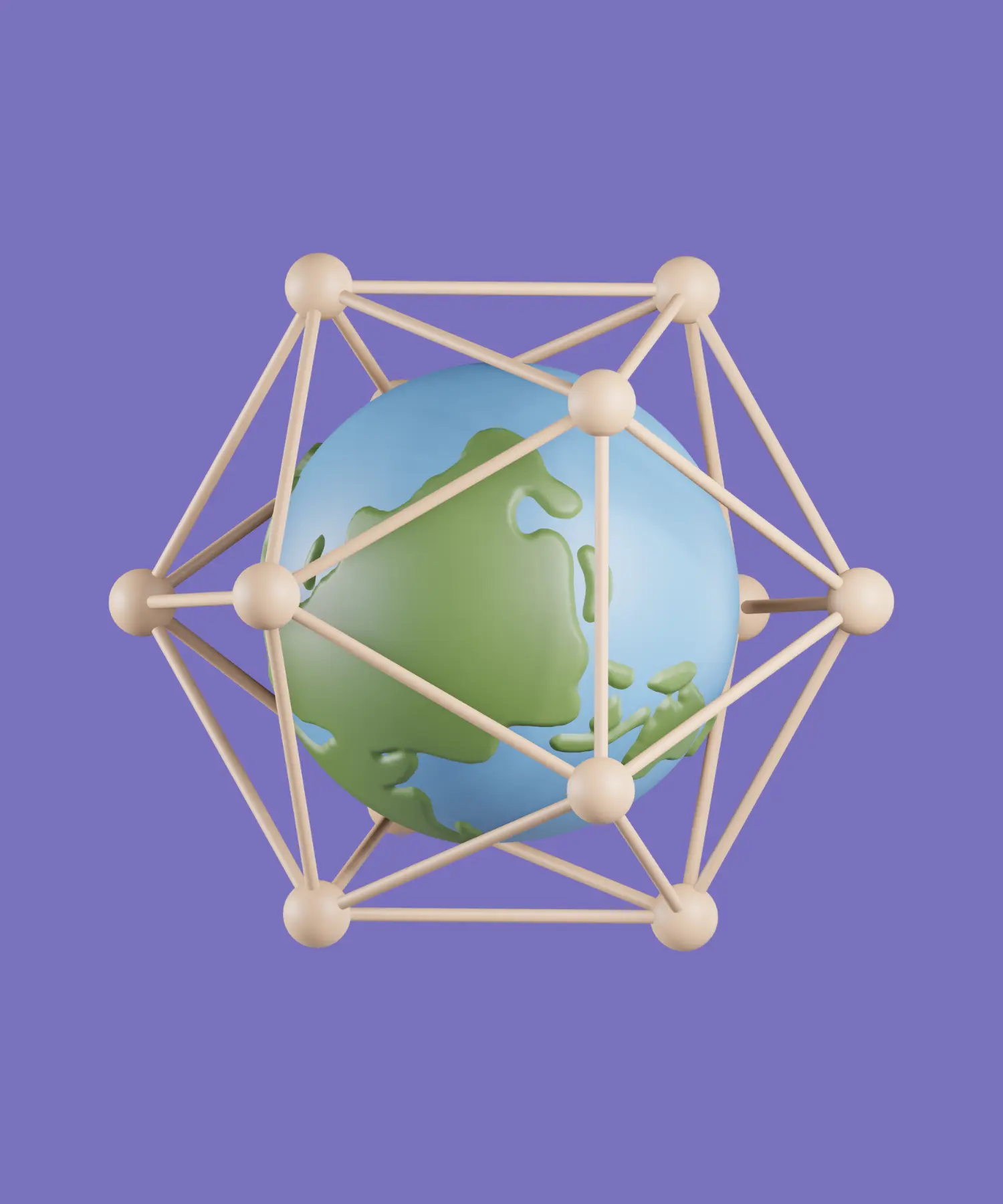
Actionable insights
- Automated actions based on data: One of the biggest strengths of IoT in transportation is its ability to drive automated actions based on insights. For example, a smart traffic management system can automatically adjust traffic light timings during heavy congestion, or a cargo vehicle can be rerouted in real-time to avoid an unexpected roadblock.
- Human intervention when needed: While automation is a significant advantage, human intervention remains essential in certain scenarios. IoT systems are designed to alert and notify relevant stakeholders when anomalies arise or when specific thresholds are crossed. This ensures that humans can step in when complex decisions or emergency actions are required.
The Benefits of Integrating IoT in Transportation
IoT's integration into transportation isn't just a technological upgrade; it's a transformation that brings along a slew of benefits. These benefits touch every aspect of transportation, from operational efficiencies to the enhanced user experience.
Safety enhancements
- Predictive analytics preventing accidents: IoT's ability to predict potential problems plays a significant role in enhancing safety. For example, sensors in vehicles can detect possible equipment failures before they become critical, enabling preemptive action and reducing the risk of accidents.
- Improved vehicle-to-vehicle communication: With IoT-enabled communication systems, vehicles can 'talk' to each other, alerting drivers or automated systems of nearby vehicles, potential collisions, or hazardous road conditions. This real-time communication can be pivotal in preventing accidents.
Operational efficiency
- Reduced fuel consumption and emissions: IoT allows for smarter route planning and vehicle operations. This means vehicles can avoid congestion, reducing idling and unnecessary fuel consumption. The result? Lower emissions and a more eco-friendly transportation system.
- Efficient routes leading to time savings: For cargo carriers, public transport, and even daily commuters, time is valuable. IoT's ability to analyze traffic in real-time and predict future congestion points can lead to dynamic route planning, saving precious minutes and hours.
Cost savings
- Lowered maintenance costs: Predictive maintenance, a benefit of IoT, can significantly reduce costs. By addressing vehicle or infrastructure issues before they escalate, transportation agencies can avoid expensive repairs and replacements.
- Reduced labor costs through automation: IoT allows for increased automation in various transportation processes. This can lead to reduced labor costs, especially in areas like fleet management, where real-time monitoring and automation can diminish the need for manual oversight.
Enhanced customer experience
- Real-time updates and predictions for passengers: Nobody likes waiting indefinitely for a bus or train. IoT provides passengers with real-time updates on vehicle locations, expected wait times, and even potential delays, ensuring passengers can plan their journeys better.
- Personalized experiences based on data analytics: IoT can help transportation providers offer personalized experiences to users. For instance, based on a user's travel history, transportation apps can provide customized route suggestions, promotional offers, or travel tips.
The Challenges of Integrating IoT in Transportation
While IoT's integration into transportation offers numerous benefits, it's essential to acknowledge the challenges it brings. Addressing these challenges is crucial for realizing the full potential of IoT in transportation.
Data security and privacy:
- Risks associated with data breaches: With vast amounts of data being collected and stored, there's an inherent risk of data breaches. Ensuring robust cybersecurity measures is imperative to protect this data from malicious attacks.
- Maintaining user privacy: As transportation systems gather data on user behavior and movements, there's a significant concern regarding user privacy. Ensuring that personal data remains confidential and isn't misused becomes paramount.
Infrastructure and initial costs:
- High initial investments for IoT integration: While IoT promises long-term benefits, the initial costs of integration can be high. Investing in sensors, cloud storage, analytics tools, and more can be a significant burden, especially for smaller transportation agencies.
- Need for consistent infrastructure upgrades: IoT is a rapidly evolving field. This means that transportation systems might need consistent upgrades to stay current, which can be both time-consuming and expensive.
Interoperability issues
- Ensuring different IoT systems communicate effectively: As transportation systems expand and evolve, ensuring different IoT systems and components can communicate seamlessly becomes crucial. Incompatibility issues can lead to inefficiencies and potential data silos.
- Standardizing data formats and interfaces: With multiple manufacturers and providers in the IoT space, standardizing data formats and interfaces is a challenge. Overcoming this requires industry collaboration and potentially global standard-setting initiatives.
How Flutter Can Help You with Your IoT Project
Flutter, the renowned open-source UI software development toolkit created by Google, is usually associated with creating visually appealing mobile apps. However, its capabilities extend far beyond just mobile apps. When considering IoT projects, especially those connected to transportation, Flutter can be an invaluable asset. Let's explore how.
- Cross-Platform Efficiency: Flutter's single codebase approach allows for cost-effective cross-platform development, reducing both time and expenses.
- Rapid Development: With its rich set of widgets and tools, Flutter facilitates a faster development process, enabling real-time data visualization and interaction with various IoT devices.
- Consistent User Experience: Regardless of the device in use, be it Android, iOS, or web, Flutter ensures a uniform user experience, streamlining interactions with IoT systems.
In essence, while Flutter might not be the first name that pops up when considering IoT development, its features and the community make it a worthy contender. Whether you're a transportation agency looking to create an interactive dashboard or a developer aiming to build an intuitive IoT application, Flutter's capabilities are bound to enhance your project's success and efficiency.
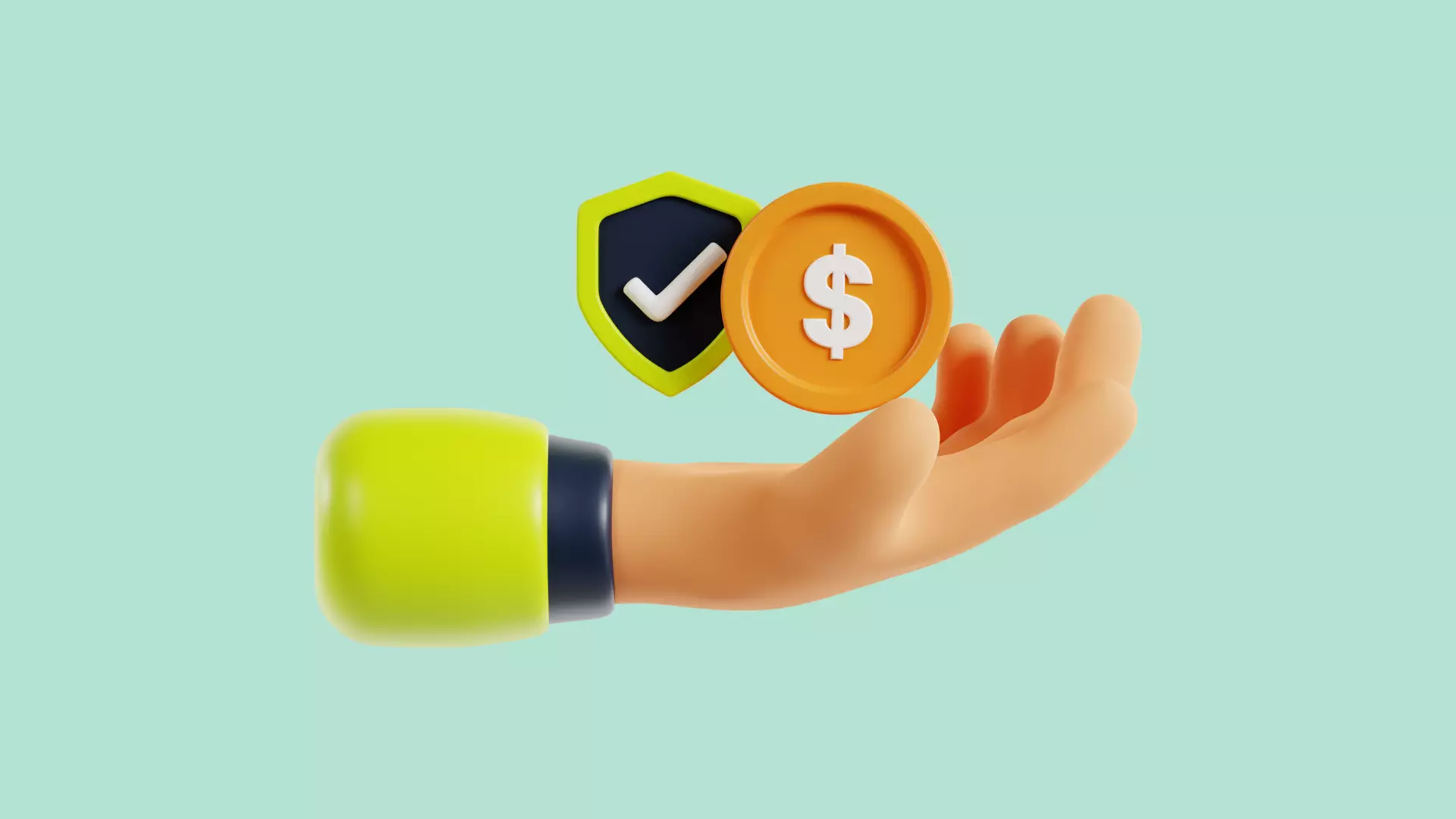
Conclusion
The world of transportation is driven by the fusion of IoT technologies. This transformation promises safer roads, more efficient routes, reduced costs, and a passenger experience like never before. As we've journeyed through this article, we've witnessed the immense benefits IoT can offer the transportation sector, from smart vehicles to predictive maintenance and real-time data-driven insights.
However, every revolution comes with its challenges. Data privacy, infrastructure costs, and interoperability issues are some hurdles that stakeholders must address to harness the full potential of IoT in transportation.
Here's where our expertise at What the Flutter comes into play. As specialists in Flutter app development, we recognize the critical role of software in connecting the hardware and analytics of IoT. Flutter's seamless integration, cross-platform functionality, and supportive community make it a pivotal tool for IoT projects, and our team is uniquely positioned to leverage these capabilities.

